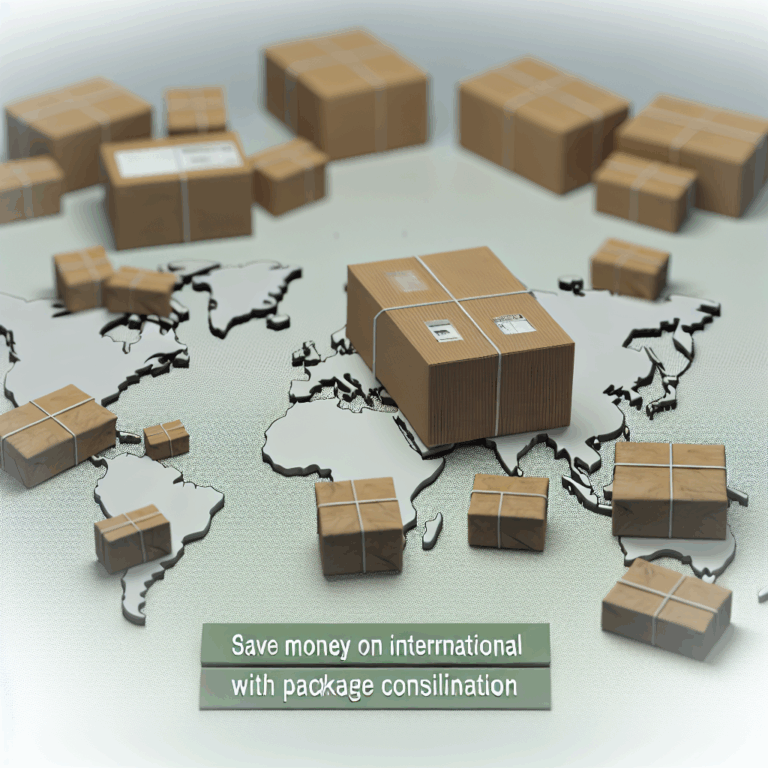Choosing Between Air and Sea Shipping from China in 2025
When importing goods from China, one of the most critical decisions you’ll face is whether to ship by air or sea. Both methods have distinct advantages in terms of cost, speed, and reliability—factors that can significantly impact your supply chain and bottom line. As international shipping from China continues to evolve in 2025, understanding these tradeoffs will help you make informed decisions that align with your business needs.
Key Differences Between Air and Sea Shipping
International shipping from China involves balancing speed and affordability. Here’s a quick breakdown of the core differences:
Speed and Transit Time
– **Air Freight:** Typically takes 3–7 days for door-to-door delivery.
– **Sea Freight:** Can range from 20–45 days, depending on the route and port congestion.
Cost Comparison
– **Air Shipping:** 4–6 times more expensive than sea freight but ideal for urgent shipments.
– **Sea Shipping:** Far more economical for large, heavy, or non-perishable goods.
When to Choose Air Freight from China
Air shipping is the go-to option for businesses that prioritize speed over cost.
Best for High-Value or Time-Sensitive Goods
– Electronics, pharmaceuticals, and fashion items often require fast transit to meet market demands.
– Seasonal products (e.g., holiday merchandise) benefit from air freight to avoid delays.
Reduced Inventory Holding Costs
Faster delivery means lower warehousing expenses, making air freight cost-effective for businesses with tight turnaround times.
When Sea Freight Makes More Sense
For bulk shipments or businesses with flexible deadlines, sea freight remains the most practical choice for international shipping from China.
Cost-Effective for Large Volumes
– Shipping a full container load (FCL) can cost as little as $1,500–$3,000, compared to $6,000+ for air.
– Ideal for raw materials, furniture, and machinery.
Lower Carbon Footprint
Sea freight emits significantly less CO2 per ton-mile than air transport, appealing to eco-conscious businesses.
Emerging Trends in 2025 That Could Influence Your Decision
The logistics landscape is constantly changing. Here’s what to watch for:
Rising Fuel Costs and Surcharges
– Air freight rates may fluctuate due to volatile fuel prices.
– Sea carriers are adopting slow steaming to cut costs, potentially extending transit times.
Digital Freight Platforms
Online booking tools (like Flexport or Freightos) are making international shipping from China more transparent and competitive.
How to Decide: A Step-by-Step Guide
Follow this framework to determine the best shipping method for your needs:
1. **Assess Urgency** – Can you afford to wait 4–6 weeks?
2. **Calculate Total Costs** – Include duties, insurance, and warehousing.
3. **Evaluate Product Type** – Fragile or perishable goods lean toward air.
4. **Check Seasonal Demand** – Peak seasons may cause port delays.
Final Thoughts: Making the Right Shipping Choice
Whether you opt for air or sea shipping from China depends on your budget, timeline, and product requirements. Air freight offers unmatched speed, while sea freight provides unbeatable value for large shipments. As supply chains evolve in 2025, staying informed will help you optimize costs and delivery performance.
Need personalized advice? Reach out to logistics experts at [porter.woolii.com](https://porter.woolii.com) for a tailored shipping strategy.


